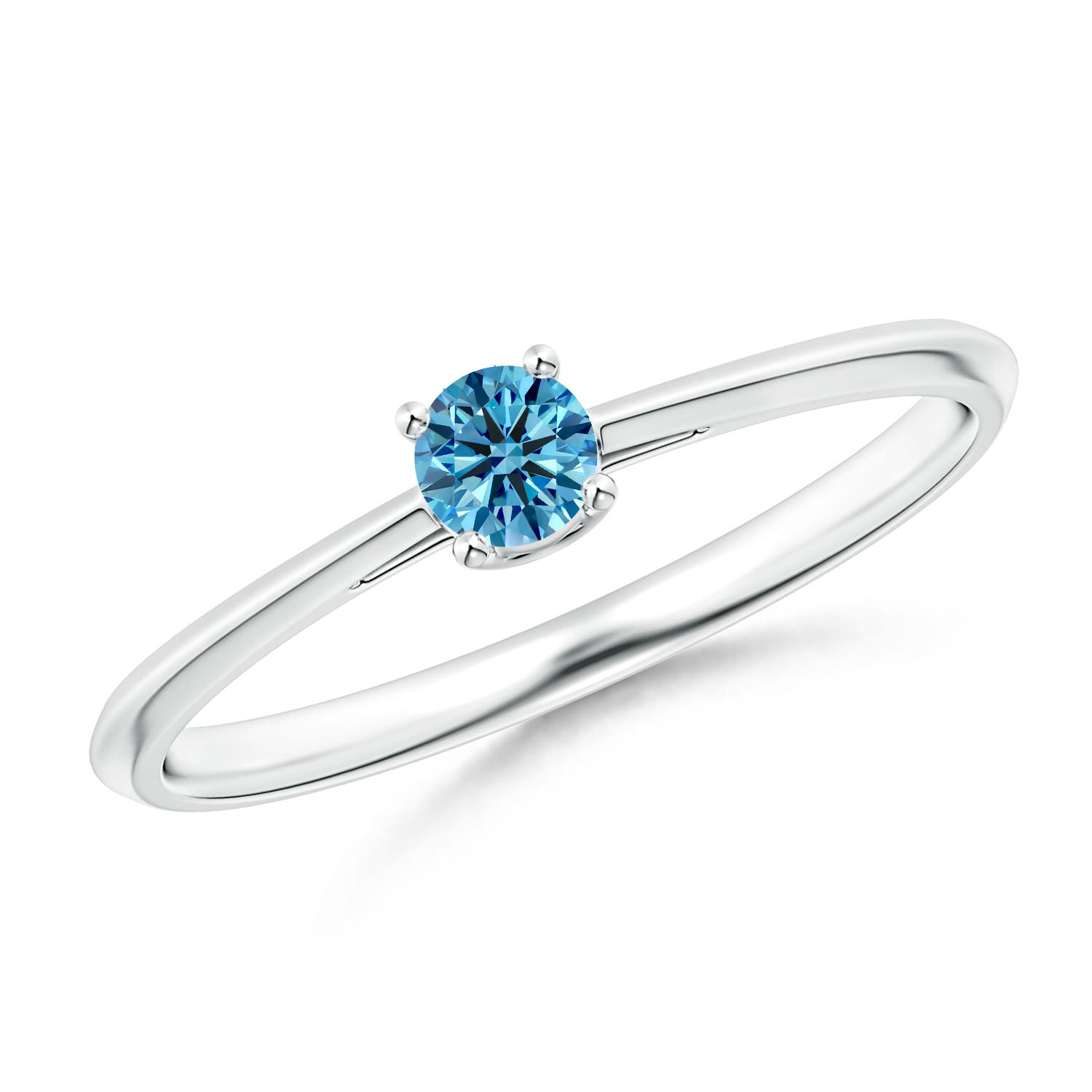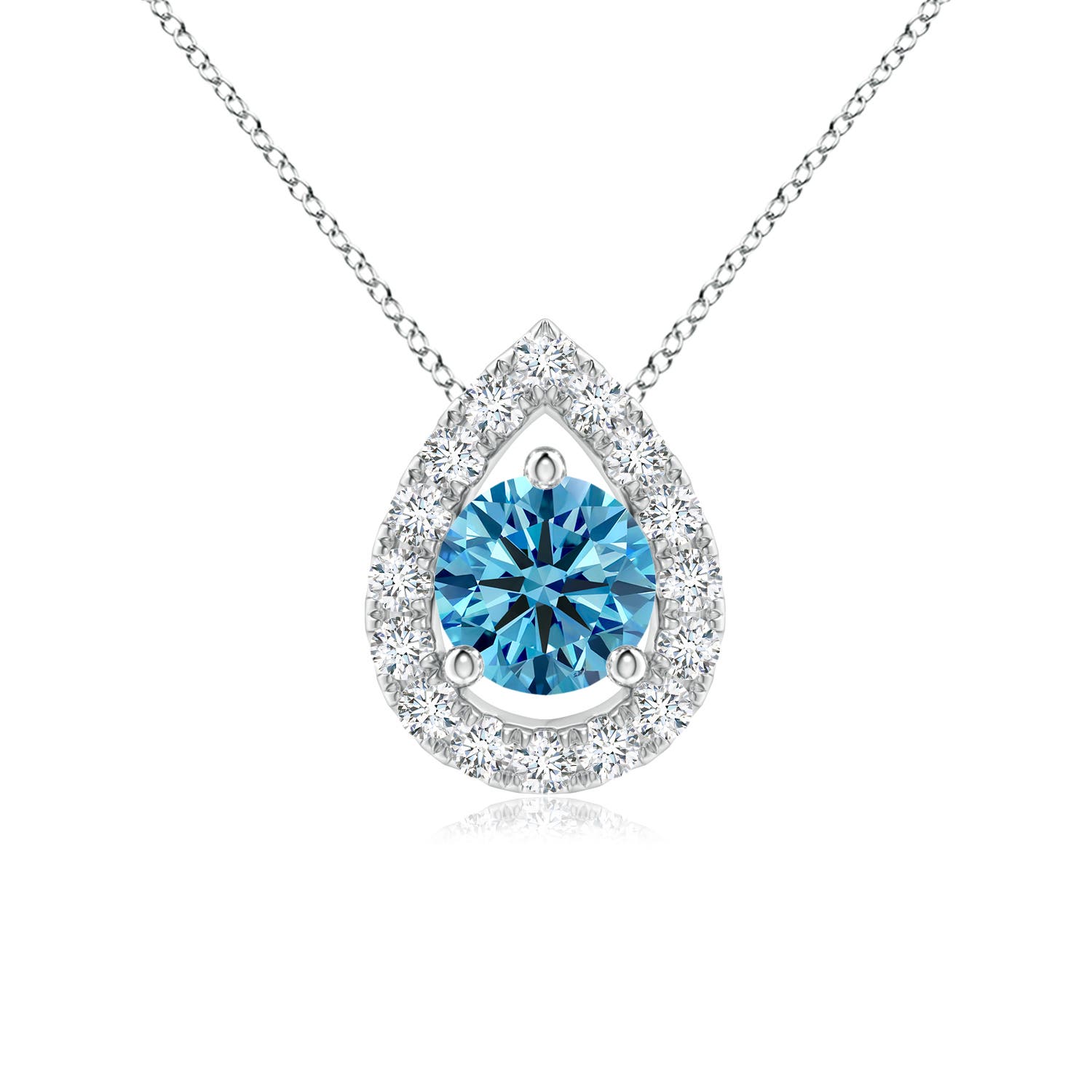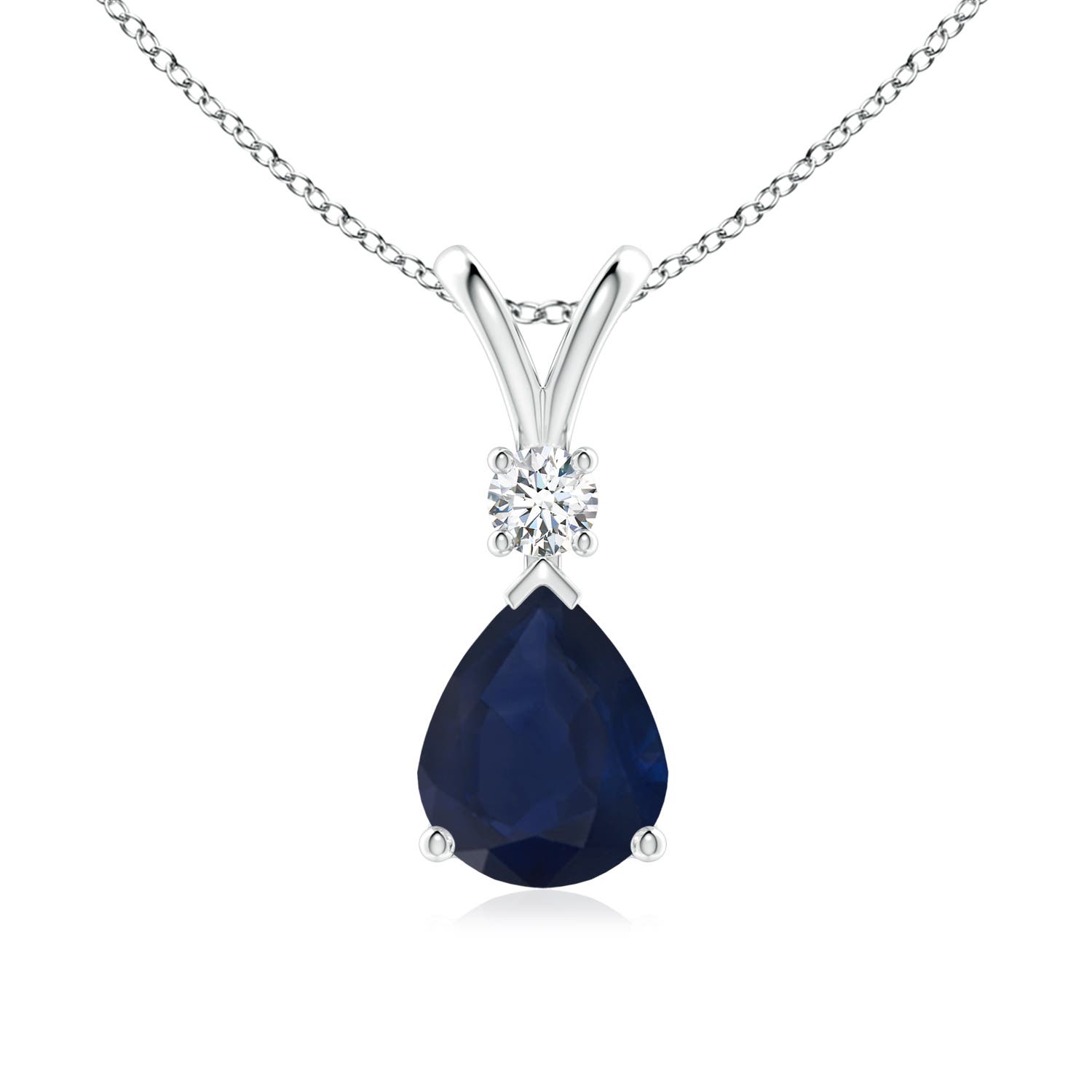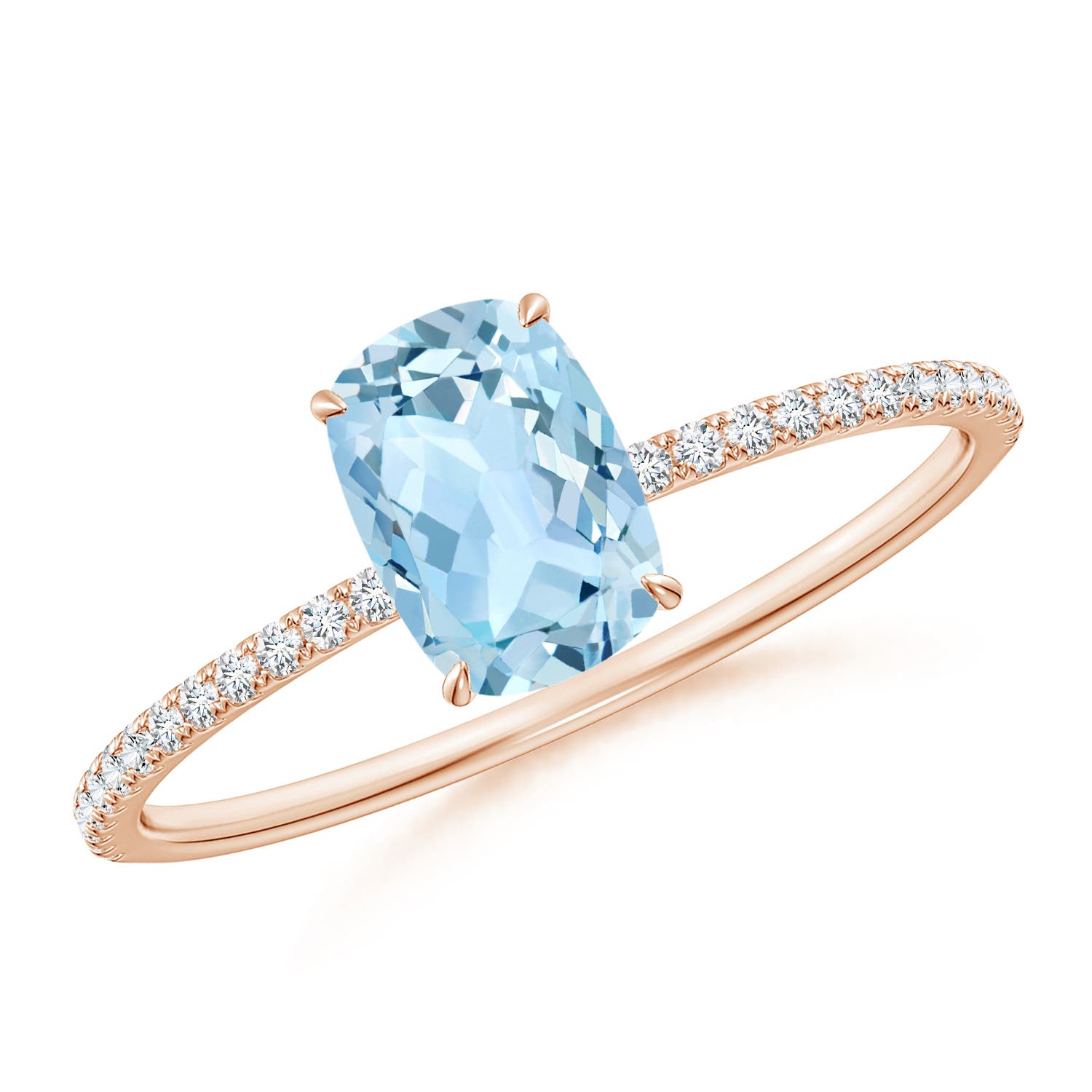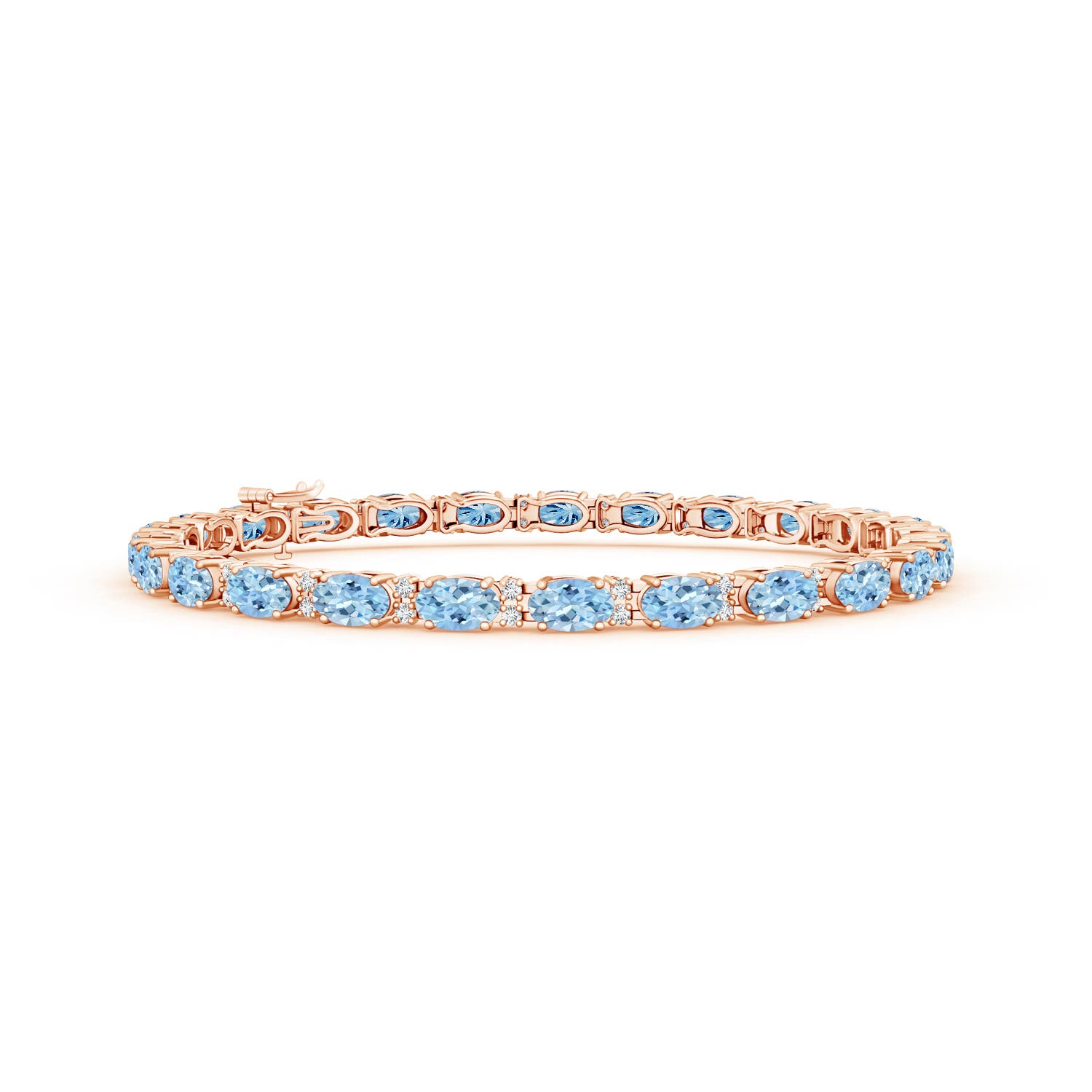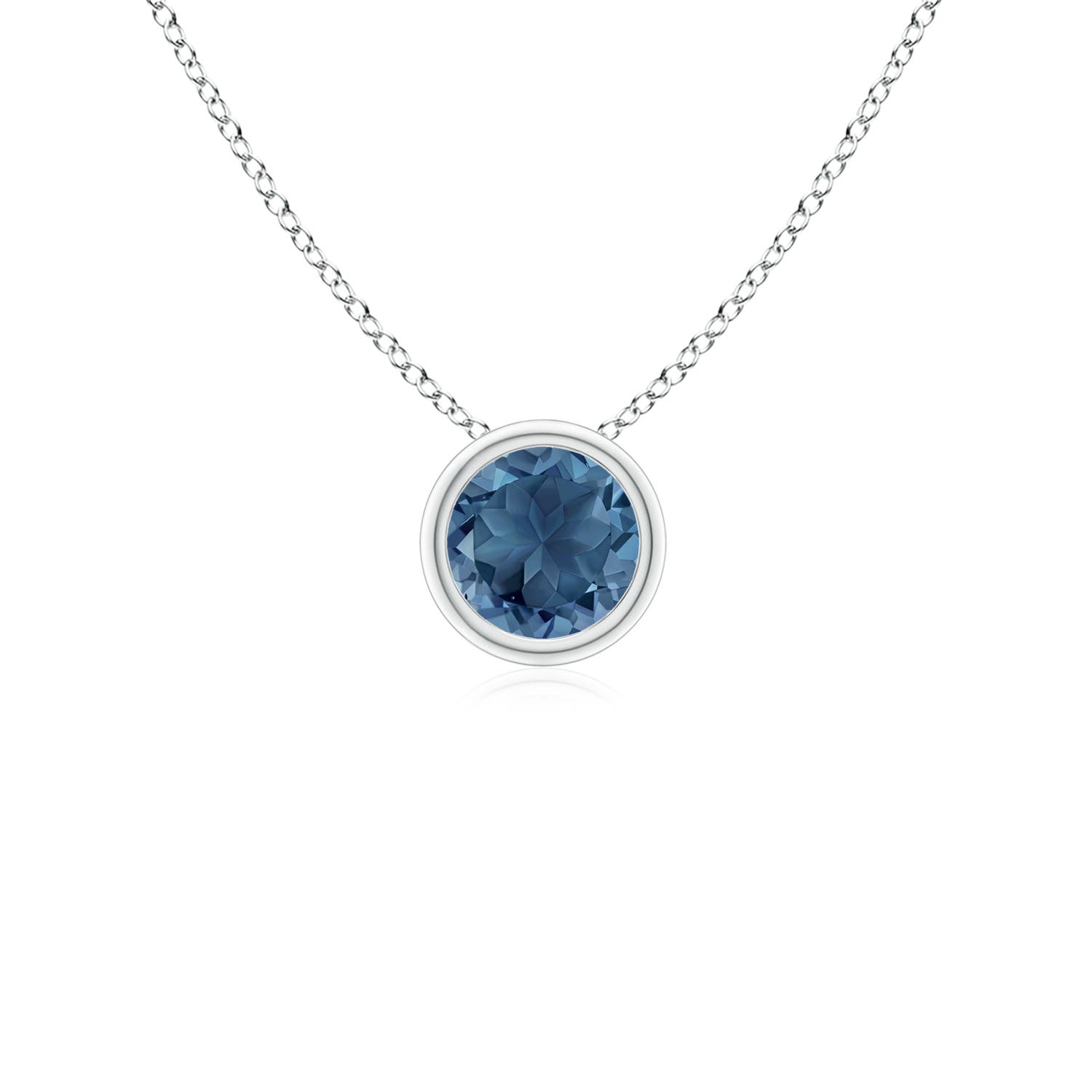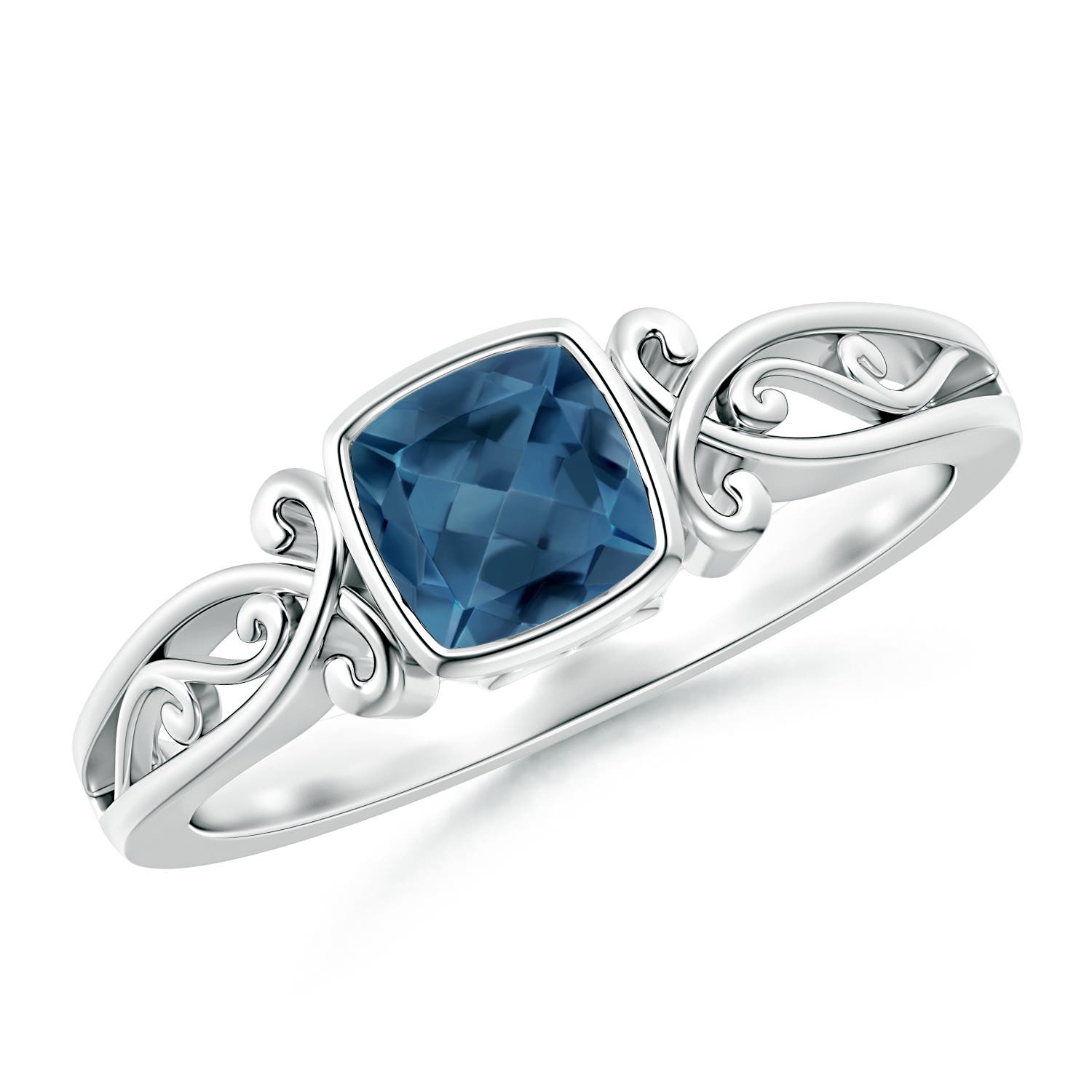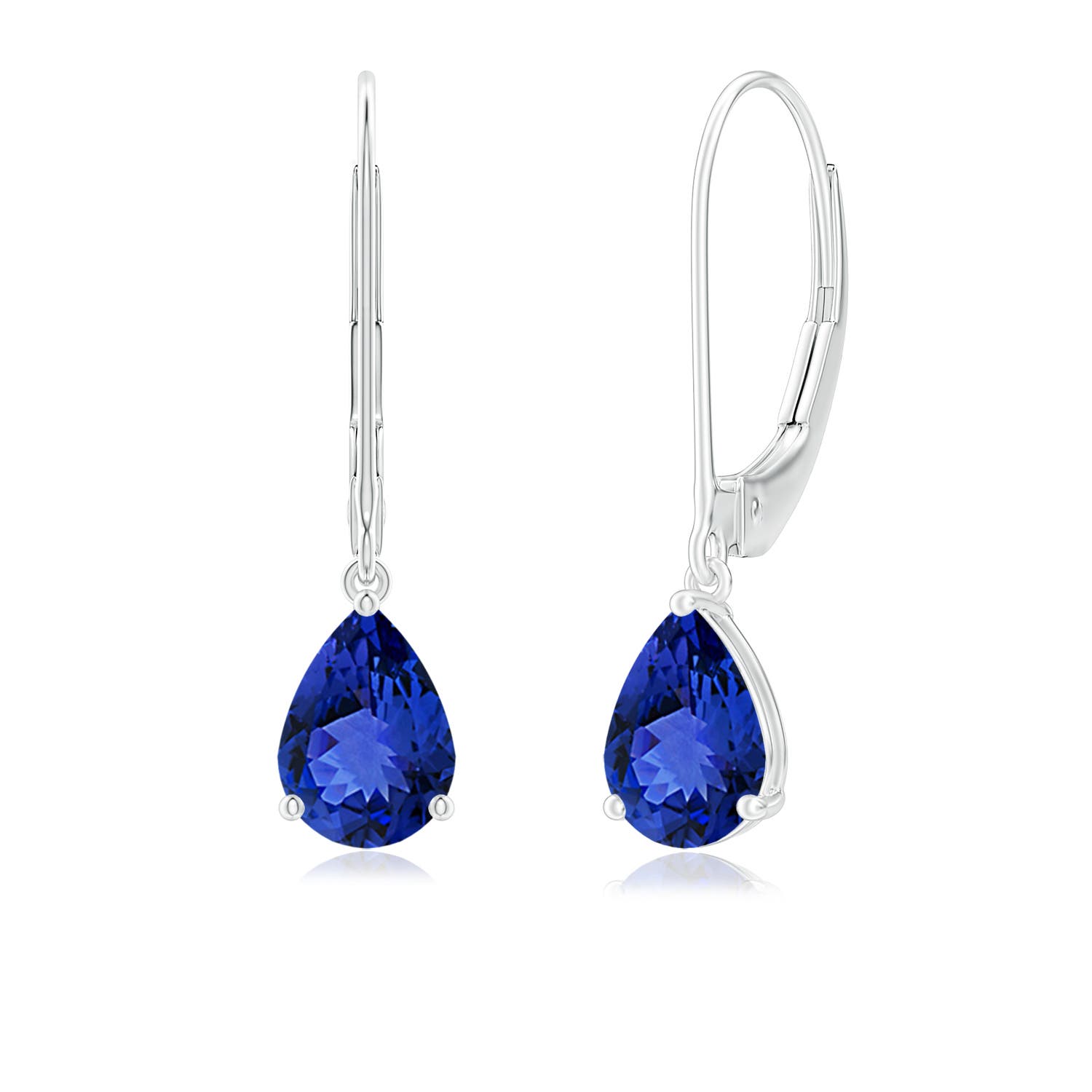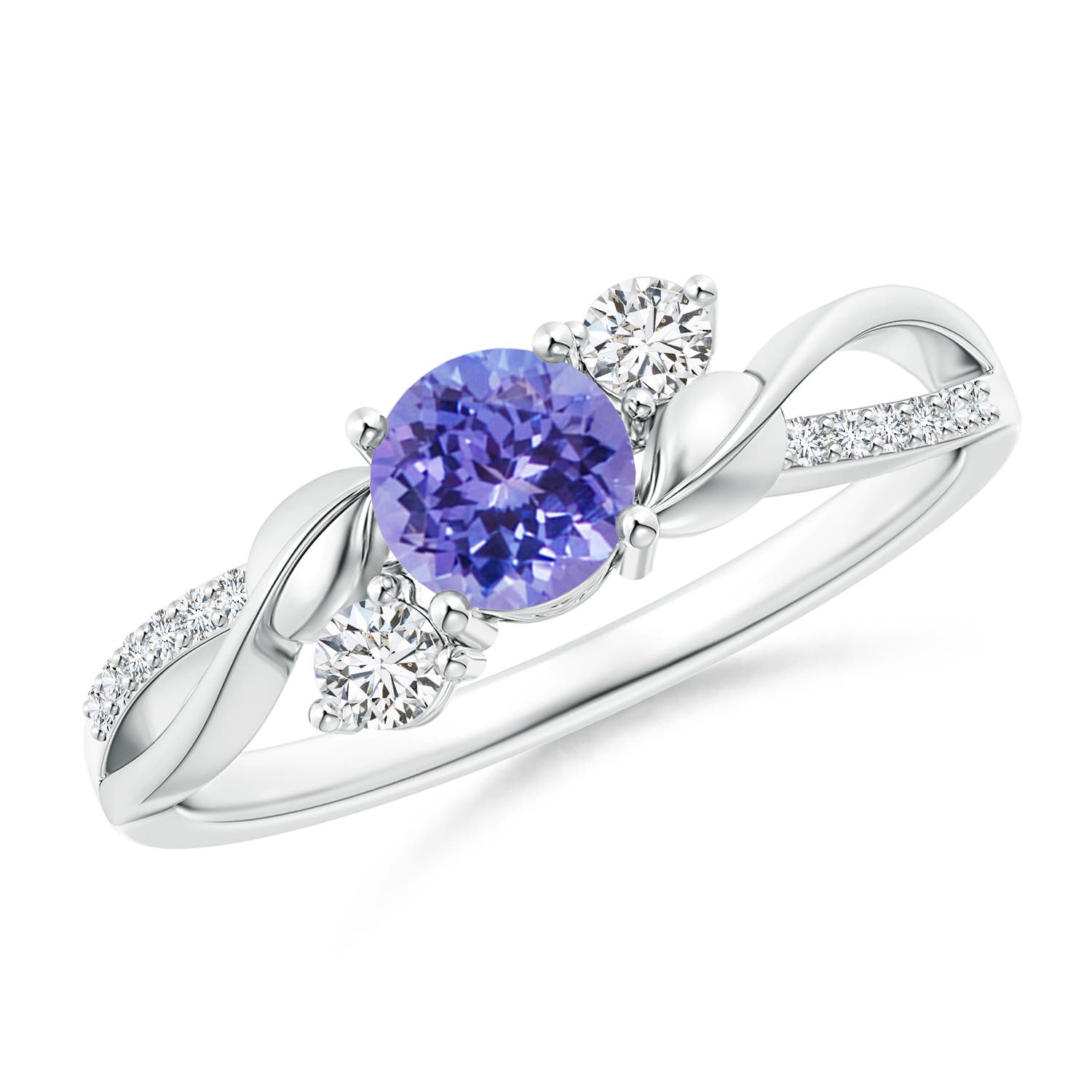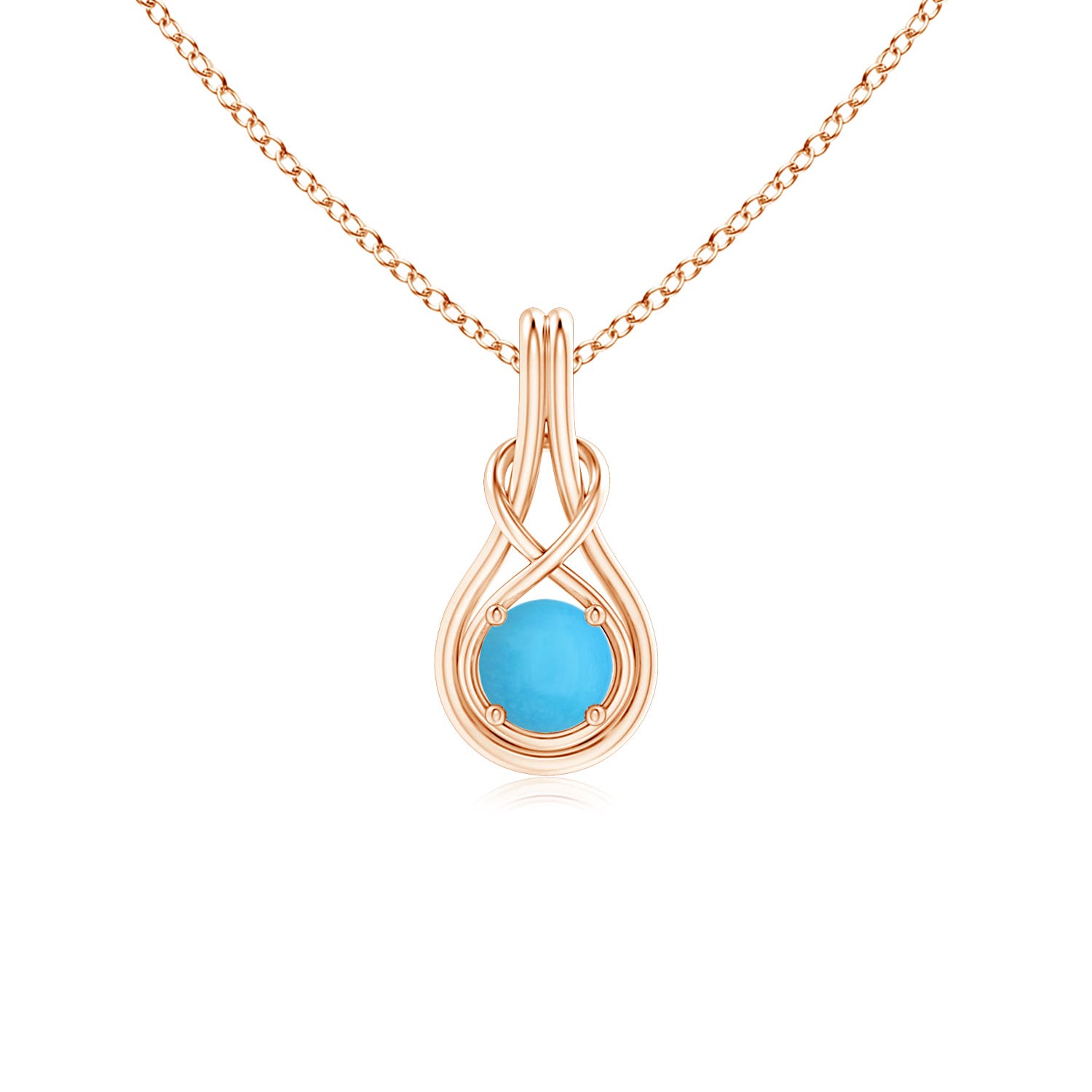One of the rarest hues in nature is blue, and when it comes to blue gemstones, they are constantly in demand for their scintillating and calming allure. Even though blue stones have been used for personal adornment for many years, the quality and diversity currently accessible are unmatched.
When speaking of blue gemstones, Sapphire is arguably the most sought-after blue stone. Kyanite, lapis lazuli, and zircon possess this color and their deep blue hues are simply stunning. The color blue represents the sky, and the ocean and is often viewed as a color that denotes stability, creativity, and expansion. In fashion terms, the color blue has always been desired due to its vibrant appeal, and blue-colored gems have been a mark of royalty and sophistication.
Different Types of Blue Gemstones
In the world of gemstones, blue is not as common as red or green but is at the same time extremely popular. The most expensive blue gemstones on the market are blue sapphires and blue diamonds. Semi-precious stones make up most blue gemstones, and the following is the list of gemstones by color that are available in the market-
1. Blue Diamond
A blue diamond is one of the rarest gems out there. Due to its flawless rating of 10 Mohs, the blue diamond is among the most adored jewels. Most of the blue diamonds available are small-sized, light-colored gemstones that weigh less than one carat, yet due to their scarcity, they are nonetheless treasured. A blue diamond has one of the most extraordinary refractive indices in the world, making it a fantastic option for nearly any sort of jewelry.
2. Blue Sapphire
If you are seeking to buy blue sapphire jewelry online, then prepare to be spoilt for choice, as there are tons of gorgeous options. Due to its extreme toughness, blue sapphire has become an alternative to diamonds, especially for engagement rings. Even though violet-blue sapphires are extremely uncommon and fetch the greatest prices, pure blue sapphires are prized for their vivid blue hues. Montana sapphires in teal are particularly sought-after.
3. Aquamarine
Among the family of beryl gemstones, aquamarine is a well-known light blue stone. Gemstones in shades of light blue are quite affordable and beautiful. When aquamarine is exposed to light, it sparkles brilliantly and is found in large-sized crystals. Aquamarine is a durable stone that does not break easily, with a hardness rating of 7.5 to 8 Mohs. Being relatively strong, this blue gem is a great option for daily wear. Most top-quality aquamarine rings on the market have undergone heat treatment to bring out and accentuate the stone’s pale blue tint. As a result, Carat prices for well-cut and blue diamonds can go up to $700.
4. Blue Topaz
Despite its availability in a variety of hues, topaz is mainly prized for its red and yellow gemstones. Another well-liked topaz color is blue. It is more difficult to locate natural blue topaz as a gemstone. This is because blue topaz gemstones frequently undergo a heat-treating treatment. The stone is also pleochroic, which means that it might appear a different hue depending on your perspective. Topaz, in the shade of sky blue, is somewhat darker. They are often blue-green but may sometimes be dark green as well.
5. Lapis Lazuli

In comparison to other gemstones, lapis lazuli is unique. It is not a mineral but is a rock made up of calcite, lazurite, and dazzling pyrite flakes, among other minerals. Its deep blue hue is brought forth by the mineral lazurite. Lapis lazuli was a common source of dye in antiquity. Although white and gold marble inclusions occasionally encroach on lapis lazuli, the stone typically only comes in blue-toned hues. Usually used to create pendants, necklaces, and bracelets, lapis lazuli gemstones are always cut into cabochons.
6. Blue Opal
The milky white base color and rainbow play of light that distinguish opals as precious opals are what make them so famous. There are several types of opals and they come in a range of hues. Black opal is the term used for most dark blue gemstones. Opals with a blue foundation come with rainbow colors that lean towards greenish blue. If not handled carefully, opals can easily be destroyed. Opals are valued more on how each stone looks than on their weight in carats. A significant element is the play of light.
7. Tanzanite
The initial occurrences of tanzanite were identified in the 90s, making it a recently discovered gemstone. A tanzanite’s hue can range from a rich blue to light tints of blue that are less well-known. In addition, the paler shades frequently undergo heat treatment to bring out more intense shades. Tanzanite is often used as an affordable substitute for more expensive blue gemstones. Tanzanite is a delicate stone that is typically uninitialized with rings and pendants due to its relatively low hardness.
8. Blue Tourmaline

One of the most uncommon varieties of tourmaline is the blue tourmaline, also known as indicolite. It comes in blue hues ranging from mild to dark. Paraiba tourmaline is one of the numerous luminous blue varieties. They hardly weigh more than a single carat. These stunning jewels come with a brilliant blue-green tint. Although some blue tourmalines contain secondary green colors, the most expensive is pure blue. Tourmaline, a common gemstone used in jewelry making, is frequently combined with blue gemstones to provide diversity and complement different colors of gemstones.
9. Blue Zircon
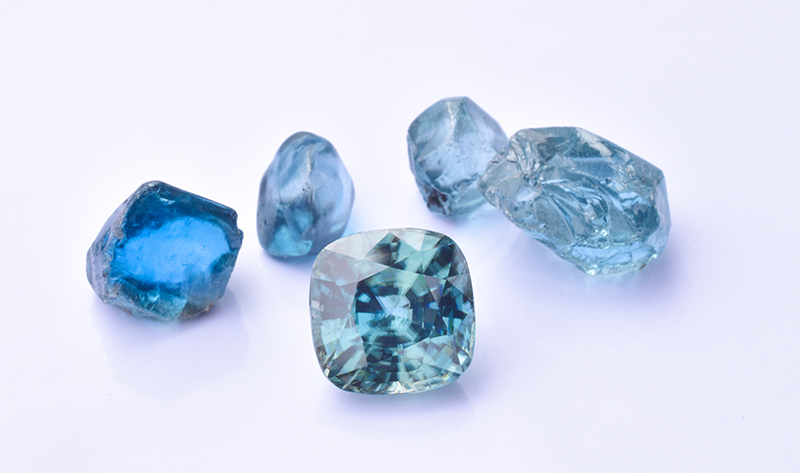
This blue stone is natural, but it is best not to confuse it with cubic zirconia, a man-made stone. Zircon is a separate gemstone from cubic zirconia white zircon, yet both can be used as diamond substitutes. The actual December birthstone is thought to be blue zircon. But other blue gemstones are frequently preferred over these intensely colored ones. Intense green colors may also be found in many blue zircon stones.
10. Blue Akoya pearls
Despite their gentle light blue color, Akoya pearls are most famous for their creamy white hue and breathtaking sheen. Blue pearls can be natural, but Akoyas are frequently colored in pure blue shades. Due to their softness, pearls are not suitable for daily use in rings. The finest jewelry for them is delicate jewelry. With a hardness rating between 2.5 and 3.5, pearls are readily scratched. Due to their rarity, these gems can fetch significant prices.
11. Blue Spinel

Spinel is a mineral that may be found in a variety of colors, including blue, like other blue gemstones on our list. Deep blue is the predominant hue of blue spinel. Because the blue is obscured, the deeper tones do not create excellent stones. The ideal blue hues are of medium tones. Both natural and produced gemstones can include blue spinel. When they are larger in carat size, natural blue spinel gemstones can be costly and precious. The cost per carat for the best hue of blue spinel is approximately $1200.
12. Blue Moonstone
This June birthstone is unique. According to ancient Romans, the blue moonstone was a moonbeam in physical form. These stones may include elements of various colors, although most moonstones are of pure blue color. Moonstones are for the most part affordable, and have a Mohs hardness rating of 6, making them slightly more durable than some of the other jewels.
13. Turquoise
Black inclusions frequently appear as veins in turquoise, a semi-precious gemstone. Known for its vibrant tones of sky green and blue, turquoise is a priceless treasure from ancient times. Despite not having the same sparkle as other blue gemstones, turquoise has been a prized gem for generations due to its deep greenish blue color. When using this blue stone to make jewelry, mandrels and beads are frequently carved into it. It is favored in pendants and other less delicate jewelry items since turquoise is a soft blue stone that has a 5 to 6 Mohs rating.
14. Blue Apatite
The inexpensive blue gemstone apatite can be found in different shades. The blue colors, though, are what makes it distinctive. Though blue-green is apatite’s greatest hue, many people like its Swiss blue tones. Because it is difficult to wear, this gem is reasonably priced. At a hardness of 3–4, it is a very soft stone. The stone is extremely difficult to cut and is also delicate when heated.
Blue Gemstones Rings
If you are on the lookout for a stunning blue engagement ring, then be sure to check out Angara’s website, where you will find myriad options, all of which are beautiful and can be customized according to your liking and preference.
- There is a reason why blue sapphire rings are the first preference when it comes to rings that hold deep meaning and significance. They are much more accessible and less expensive than blue diamonds, have superior durability, and make for attractive investments.
- According to the Mohs hardness scale, blue sapphires have a hardness of 9, making them incredibly scratch-resistant. Besides this, they are resilient and do not readily shatter or chip. As a result, sapphires are superior to diamonds as the gemstone of choice for engagement rings.
- Tanzanite rings are yet another stunning option on the blue gemstone list. However, Tanzanite is unique in that it can seem different depending on the type of illumination. Despite not being as durable as ruby and sapphire, many couples adore tanzanite rings.
Conclusion
Wearing blue jewelry can strengthen your independence, ease emotional situations and encourage honesty, dedication, and sincerity in your existing relationships. Minerals are utilized to create diamonds, sapphires, emeralds, and even rubies, which are used to produce jewelry and other adornments. Gemstones are categorized as precious or semi-precious due to their color, clarity, and hardness. Blue gemstones have been coveted for centuries due to their powerful healing benefits and inimitable brilliance and beauty. If you are in search of the perfect blue gem, then look no further and choose the right one from the list we have provided above!
Also Read
- Black Gemstones
- Gray Gemstones
- Green Gemstones
- Pink Gemstones
- Red Gemstones
- White Gemstones
- Yellow Gemstones
Frequently Asked Questions
Q1. What are blue gemstones called?
When it comes to the blue gemstones list, blue sapphire is the most desired and sought after. Blue gemstones are linked to modernism, innovation, and even royalty. In addition, blue diamonds give a person the appearance of striking brilliance and sophisticated confidence when they are used in jewelry.
Q2. What are the most precious blue gemstones?
Some of the most prized and precious blue gemstones are Lapis Lazuli, Kyanite, Agate, Topaz, Zircon, Blue sapphires, and Aquamarine. These gems have been featured in crowns and ancient accessories that were used to adorn nobles, kings, and queens.




























